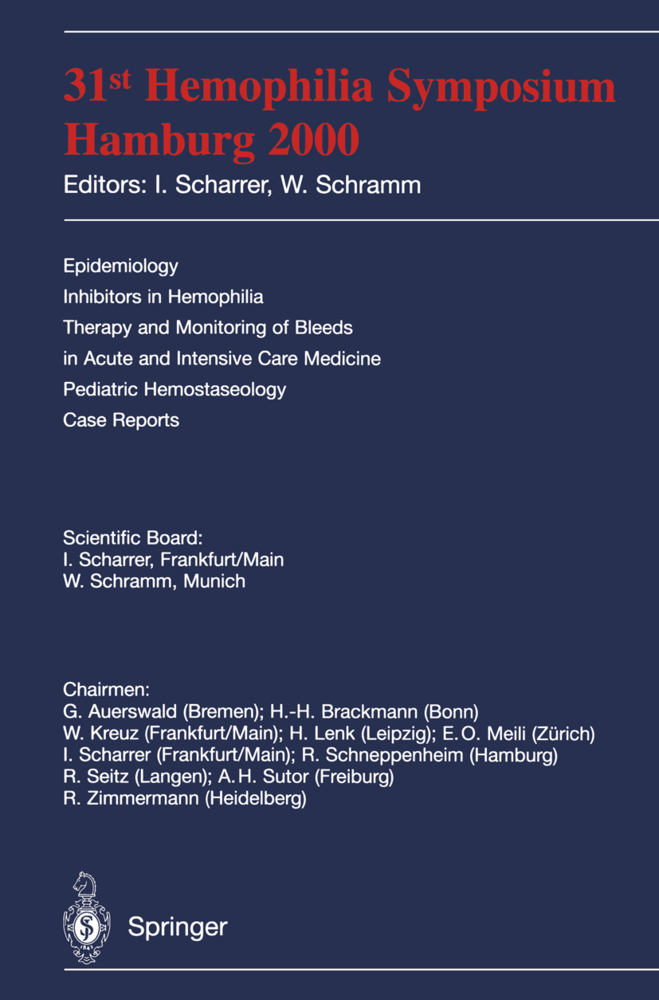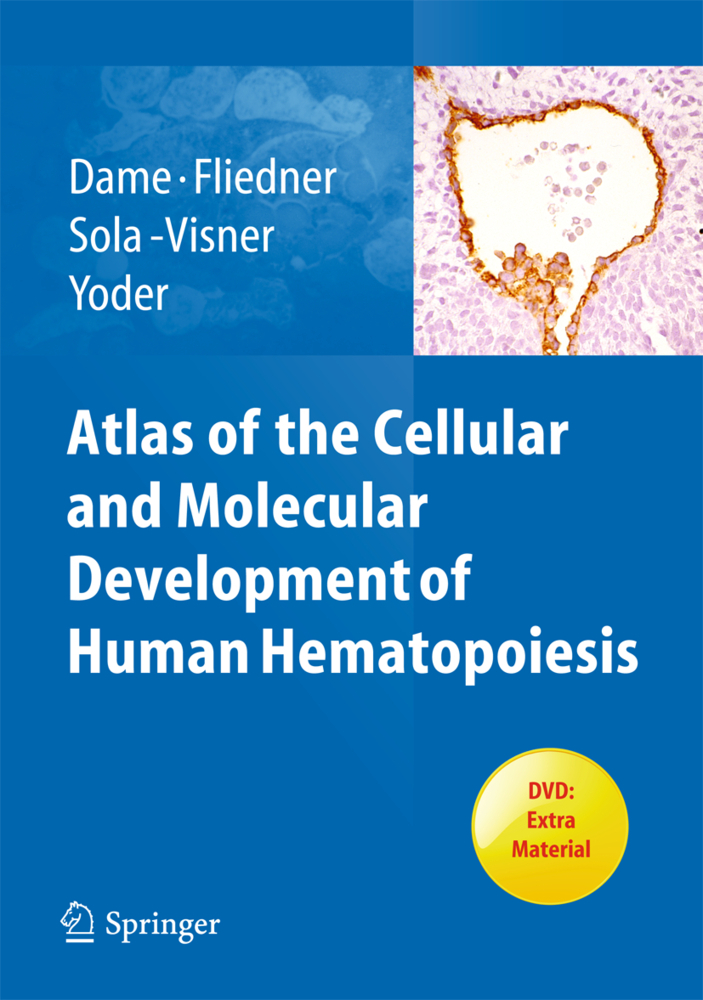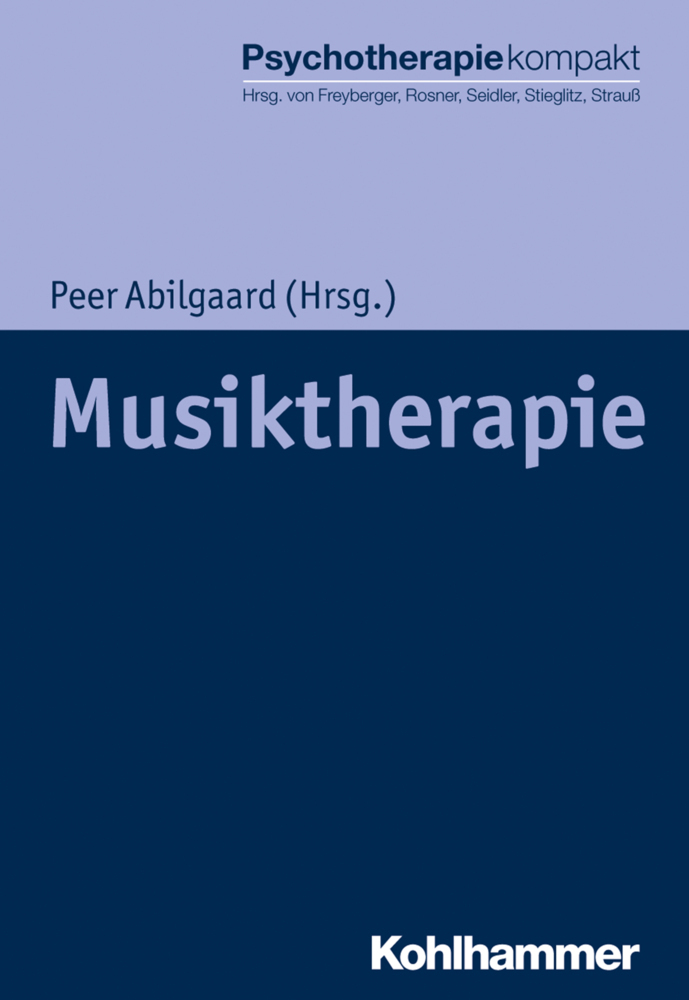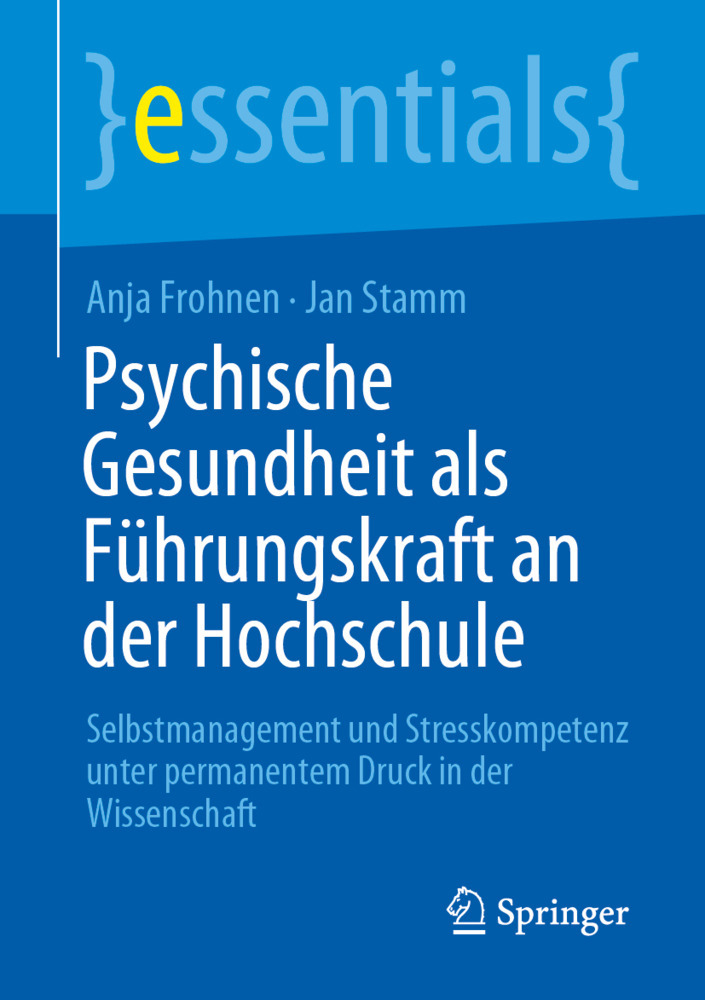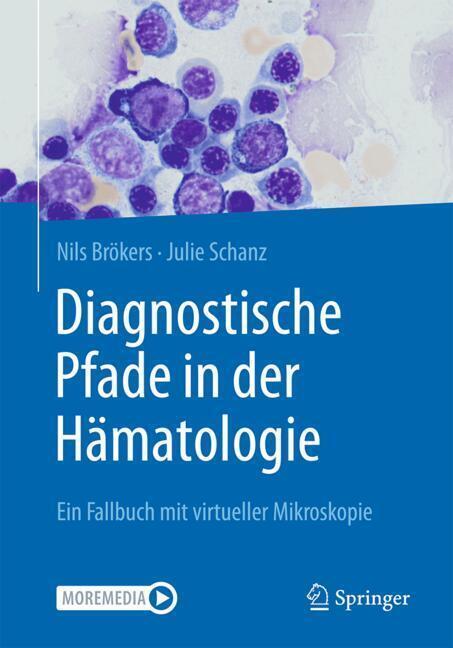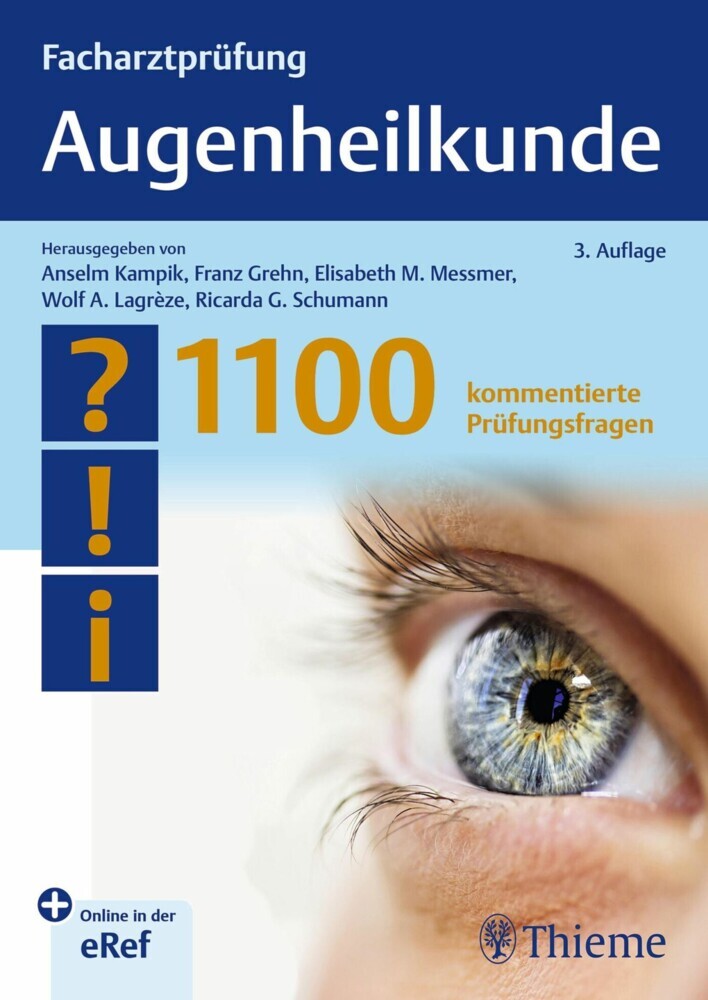32nd Hemophilia Symposium Hamburg 2001
Epidemiology; Genetic Diagnosis of Clotting Disorders; Hemophilia; Hemotherapy in Sepsis; Pediatric Hemostaseology Free Lectures
32nd Hemophilia Symposium Hamburg 2001
Epidemiology; Genetic Diagnosis of Clotting Disorders; Hemophilia; Hemotherapy in Sepsis; Pediatric Hemostaseology Free Lectures
Seven months following LTX quality of live has increased markedly in the hereby presented patient. A prolonged life expectance can be anticipated due to improved liver function and decreased bleedingtendency as a result of elevated leukocyte and thrombocyte counts. A positive surprise is the patients comment of less joint pain in spite of unchanged hemophilic arthropathy. If this is also true for other haemo philia patients following LTX this may develop as a new objective towards gene therapy as well. From a clinical perspective bleeding risk ismarkedlyreduced due to nearlynor mal factor VIII and thrombocyte levels as well as a presumable reduction of blood pressure in esophageal varacies. CD4-Helper cells increased significantly after LTX. However,at the same time a decrease of CD4/CD8 ratio was measured. CD4 count alone may therefore not be appropriate for HIV staging or subsequent decision whether or not immunfunction is sufficient for later LTX. Due to a CD4 count of above 700following livertransplantations the risk of opportunistic infections islow at this time. According to these preliminary results LTX should be considered in a subgroup of haemophilia patients with advanced liver cirrhosis in spite of HIV infection. Dysfibrinogenemia following after Snake Bite M. KRAUSE, J. BOJUNGA, D. MEBS, and I. SCHARRER Introduction A 35 year old snake breeder was bitten on the left foot by a middle American pit viper Crotalus durissus dryinas which had escaped.
Hemophilia 2001 - The Annual Survey of the Austrian Hemophilia Centers
Epidemiology of Hemophilia in Switzerland: A first Insight in the Data Base achieved by the Medical Committee of the Swiss Hemophilia Association
Overall Blood Supply Strategy with Regard to vCJD
II. Genetic Diagnosis of Clotting Disorders
a) Human Genome Project
11 novel Mutations in the Factor VIII encoding Gene lead to severe or moderate Hemophilia A
b) Register and Genetic Diagnosis
Molecular Analysis of Hemophilia B: »Greifswald Registry FIX Deficiency (Hemophilia B)«
Gly222Asp and Ser379Lys - Novel Factor X Gene Mutations in severe FX Deficiency - Greifswald Registry of Factor X congenital Deficiency
c) Gene Therapy
Hematopoietic Stem Cells as Targets for Gene Therapy of Hemophilia A
Adenovirus-mediated regulatable Expression of human Factor IX in vitro and in vivo
III. Hemophilia
a) Orthopedics
Experiences with MRI Examination of the Joints of hemophilic Children
Rhenium-186 Hydroxyethylidenediphosphonate (186Re HEDP) - A novel Treatment for hemophilic Arthropathies?
b) Monitoring of Substitution Therapy
Monitoring of Anticoagulant Therapy with the Endogenous Thrombin Potential
IV. Pediatric Hemostaseology
First thromboembolic Onset in Children carrying either the heterozygeous FV G1691A Mutation or the Prothrombin G20210A Variant
UFH Bolus Administration in Comparison to subcutaneous Low Molecular Weight Heparin in pediatrie cardiac Catheterization
Incidence of Inhibitor Development in consecutively recruited severe Hemophilia A and B Patients - a retrospective Single Centre Study
V. Free Lectures
FV Inhibitor andAnti-Phospholipid Antibodies after Treatment with Ciprofloxacin
Isolated molecular Defects of von Willebrand Factor Binding to Collagen do not correlate with Bleeding Symptoms
Effects of Tissue Factor Pathway Inhibitor and Antithrombin on Thrombin Generation in Tissue Factor-activated Cord Plasma
Early and Rapid Diagnosis of acute TTP by Measuring Activity of von-Willebrand Factor Cleaving Metalloprotease (ADAMTS13): A Case Report
Prions and the Safety of Plasma Proteins: Preventive Measures and Research Activities
VI. Poster
a) Clinic and Casuistic
Transmission of Parvovirus B19 by Heat-treated Coagulation Factor Concentrates
Course of severe Hemophilia A. Successful Immune Tolerance Therapy (ITT) ten Years after Inhibitor Development
Increased Resistance to activated Protein C and Protein C Deficiency in the same Family
A Life-threatening Cardiomyopathy following Port-a-Cath Infection under Immune Tolerance Therapy
Therapy and Prophylaxis of Bleeding Symptoms in a Patient with Acquired Factor X-Deficiency due to Systemic Amyloidosis (AL-Amyloidosis)
Is there a Correlation between vWF-cleaving Protease-Activity, vWF:Ag, Clinical Course and Number of Relapses in 15 Patients with TTP?
Life-Threatening Hemorrhage in a Patient with Red Cell Antibodies - Effective Blood Coagulation with rFVIIa
Liver Transplantation in a HIV/HCV coinfected Hemophilia A Patient
Dysfibrinogenemia following after Snake Bite
Bleeding Complications following Tooth Extraction in a Hemophilia A Patient with Inhibitor - A Case Report
Cerebral Sinus Thrombosis: Recanalization after intravenous Dalteparin Administration
b) Hemophilia and Hemorrhagic Disorders
Treatment of FVIII-Autoantibodies by Protein A-Based Immunoadsorption and Immunosuppression: ARegimen without FVIII Substitution
Factor XI Deficiency caused by a hitherto unknown Mutation in the Factor XI Gene
Polymorphisms in FV Gene associated with FV Deficiency - First Results
Influence of Phospholipids of the Platelet Membrane of Newborns on the Thrombin Generation
Socio-economic Evaluation of Hemophilia Assistance
Aspects regarding Locomotor Rehabilitation of Hemophiliacs
c) Thrombophilic Disorders
Prothrombin and Factor VII Genotypes and Phenotypes in healthy Individuals. Results from the Lugen Study
Factor V Leiden and Other thrombotic risk factors in CHD and myocardial Infarction
In vitro Effects of combined Administration of Epitifibatide and Anticoagulants on Thrombin induced Platelet Aggregation after high versus low Coagulant Activation of Platelet Rich Plasma
Cardiac and cerebral Manifestations of the Antiphospholipid Syndrome
d) Diagnosis
Inactivation of Animal Factor VIII by human Factor VIII Inhibitors: Special Methodological Features in Performing the Factor VIII Assay and the Bethesda Assay
Inactivation of Animal Factor VIII by human Factor VIII Inhibitors: Investigation of Plasma from Patients with Inhibitors in congenital Hemophilia A and from Patients with acquired Hemophilia A
Factor VIII:C Measurement - Comparison between Chromogenic and Coagulometric Methods in Hemophilia A - Patients with the B Domain-depleted Recombinant F VIII-Preparation ReFacto
Functional Assessment of fibrinolytic Resistance in whole Blood
e) Miscellaneous
Quality Control of Platelet Concentrates during Storage Using Different Forms of Agitation Measuring the Platelet Activation
Platelet Activation before and after Cryopreservation of Platelet Concentrates with a New Storage Solution
Flow Cytometric Measurement of CD34+Cells: How reliable are absolute Cell Counts generated by the Integration of Beads?
An Innovative Approach to Teach and Learn Diagnostic Skills and Therapeutical Management of Coagulation Disorders: CAMPUS - an Interactive, Computer- and Case-Based Program
Expression of Protease-activated Receptors in Neuroblastoma Cells.
I. Epidemiology
HIV Infection and Causes of Death in Patients with Hemophilia in Germany (Year 2000/2001 Survey)Hemophilia 2001 - The Annual Survey of the Austrian Hemophilia Centers
Epidemiology of Hemophilia in Switzerland: A first Insight in the Data Base achieved by the Medical Committee of the Swiss Hemophilia Association
Overall Blood Supply Strategy with Regard to vCJD
II. Genetic Diagnosis of Clotting Disorders
a) Human Genome Project
11 novel Mutations in the Factor VIII encoding Gene lead to severe or moderate Hemophilia A
b) Register and Genetic Diagnosis
Molecular Analysis of Hemophilia B: »Greifswald Registry FIX Deficiency (Hemophilia B)«
Gly222Asp and Ser379Lys - Novel Factor X Gene Mutations in severe FX Deficiency - Greifswald Registry of Factor X congenital Deficiency
c) Gene Therapy
Hematopoietic Stem Cells as Targets for Gene Therapy of Hemophilia A
Adenovirus-mediated regulatable Expression of human Factor IX in vitro and in vivo
III. Hemophilia
a) Orthopedics
Experiences with MRI Examination of the Joints of hemophilic Children
Rhenium-186 Hydroxyethylidenediphosphonate (186Re HEDP) - A novel Treatment for hemophilic Arthropathies?
b) Monitoring of Substitution Therapy
Monitoring of Anticoagulant Therapy with the Endogenous Thrombin Potential
IV. Pediatric Hemostaseology
First thromboembolic Onset in Children carrying either the heterozygeous FV G1691A Mutation or the Prothrombin G20210A Variant
UFH Bolus Administration in Comparison to subcutaneous Low Molecular Weight Heparin in pediatrie cardiac Catheterization
Incidence of Inhibitor Development in consecutively recruited severe Hemophilia A and B Patients - a retrospective Single Centre Study
V. Free Lectures
FV Inhibitor andAnti-Phospholipid Antibodies after Treatment with Ciprofloxacin
Isolated molecular Defects of von Willebrand Factor Binding to Collagen do not correlate with Bleeding Symptoms
Effects of Tissue Factor Pathway Inhibitor and Antithrombin on Thrombin Generation in Tissue Factor-activated Cord Plasma
Early and Rapid Diagnosis of acute TTP by Measuring Activity of von-Willebrand Factor Cleaving Metalloprotease (ADAMTS13): A Case Report
Prions and the Safety of Plasma Proteins: Preventive Measures and Research Activities
VI. Poster
a) Clinic and Casuistic
Transmission of Parvovirus B19 by Heat-treated Coagulation Factor Concentrates
Course of severe Hemophilia A. Successful Immune Tolerance Therapy (ITT) ten Years after Inhibitor Development
Increased Resistance to activated Protein C and Protein C Deficiency in the same Family
A Life-threatening Cardiomyopathy following Port-a-Cath Infection under Immune Tolerance Therapy
Therapy and Prophylaxis of Bleeding Symptoms in a Patient with Acquired Factor X-Deficiency due to Systemic Amyloidosis (AL-Amyloidosis)
Is there a Correlation between vWF-cleaving Protease-Activity, vWF:Ag, Clinical Course and Number of Relapses in 15 Patients with TTP?
Life-Threatening Hemorrhage in a Patient with Red Cell Antibodies - Effective Blood Coagulation with rFVIIa
Liver Transplantation in a HIV/HCV coinfected Hemophilia A Patient
Dysfibrinogenemia following after Snake Bite
Bleeding Complications following Tooth Extraction in a Hemophilia A Patient with Inhibitor - A Case Report
Cerebral Sinus Thrombosis: Recanalization after intravenous Dalteparin Administration
b) Hemophilia and Hemorrhagic Disorders
Treatment of FVIII-Autoantibodies by Protein A-Based Immunoadsorption and Immunosuppression: ARegimen without FVIII Substitution
Factor XI Deficiency caused by a hitherto unknown Mutation in the Factor XI Gene
Polymorphisms in FV Gene associated with FV Deficiency - First Results
Influence of Phospholipids of the Platelet Membrane of Newborns on the Thrombin Generation
Socio-economic Evaluation of Hemophilia Assistance
Aspects regarding Locomotor Rehabilitation of Hemophiliacs
c) Thrombophilic Disorders
Prothrombin and Factor VII Genotypes and Phenotypes in healthy Individuals. Results from the Lugen Study
Factor V Leiden and Other thrombotic risk factors in CHD and myocardial Infarction
In vitro Effects of combined Administration of Epitifibatide and Anticoagulants on Thrombin induced Platelet Aggregation after high versus low Coagulant Activation of Platelet Rich Plasma
Cardiac and cerebral Manifestations of the Antiphospholipid Syndrome
d) Diagnosis
Inactivation of Animal Factor VIII by human Factor VIII Inhibitors: Special Methodological Features in Performing the Factor VIII Assay and the Bethesda Assay
Inactivation of Animal Factor VIII by human Factor VIII Inhibitors: Investigation of Plasma from Patients with Inhibitors in congenital Hemophilia A and from Patients with acquired Hemophilia A
Factor VIII:C Measurement - Comparison between Chromogenic and Coagulometric Methods in Hemophilia A - Patients with the B Domain-depleted Recombinant F VIII-Preparation ReFacto
Functional Assessment of fibrinolytic Resistance in whole Blood
e) Miscellaneous
Quality Control of Platelet Concentrates during Storage Using Different Forms of Agitation Measuring the Platelet Activation
Platelet Activation before and after Cryopreservation of Platelet Concentrates with a New Storage Solution
Flow Cytometric Measurement of CD34+Cells: How reliable are absolute Cell Counts generated by the Integration of Beads?
An Innovative Approach to Teach and Learn Diagnostic Skills and Therapeutical Management of Coagulation Disorders: CAMPUS - an Interactive, Computer- and Case-Based Program
Expression of Protease-activated Receptors in Neuroblastoma Cells.
Scharrer, Inge
Schramm, Wolfgang
| ISBN | 978-3-540-43884-7 |
|---|---|
| Artikelnummer | 9783540438847 |
| Medientyp | Buch |
| Copyrightjahr | 2002 |
| Verlag | Springer, Berlin |
| Umfang | XXIX, 318 Seiten |
| Abbildungen | XXIX, 318 p. 112 illus. |
| Sprache | Englisch |


